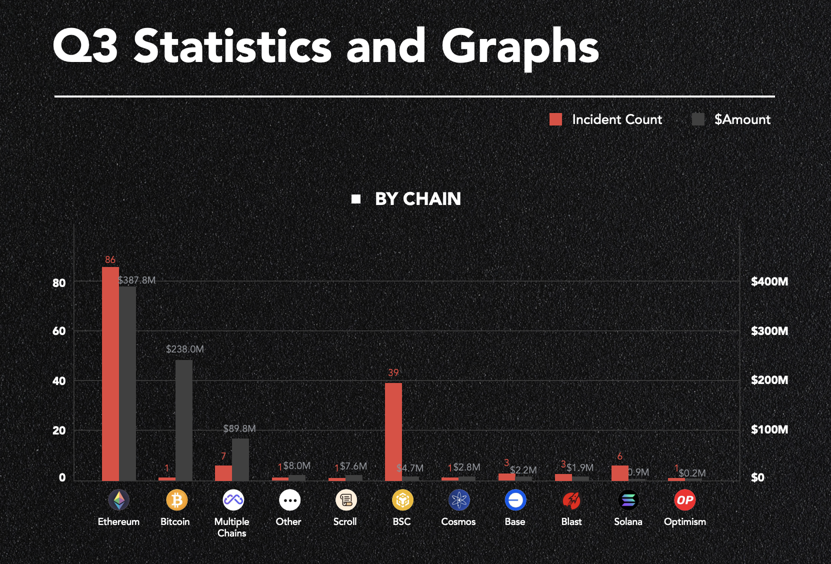Blockchain analytics firm Arkham Intelligence has confirmed that a hacker allegedly breached U.S. government wallets. He drained nearly $20 million in crypto assets and has returned most of the stolen funds.
The stolen money, which was from the Bitfinex hack of 2016, was reported to have been retrieved within a day of the attack. According to Arkham Intelligence, around $19.3 million or 88% of the funds were returned to the original government-controlled wallet. This raised a concern over the reasons for such quick action.
Details of the Breach and Recovery
On 24th October, Arkham Intelligence noted the activities of the crypto wallets that are connected with the United States government. They revealed a $20 million transfer to the addresses of the mixer service.
These addresses contained funds obtained from cybercriminals including Ilya Lichtenstein and Heather Morgan in the Bitfinex hack.

As per on-chain data, the hacker moved a large number of ETH, USDC, and USDC from the government’s wallet at first. However, Arkham has established that the hacker sent most funds back to the U.S. government wallet with the address starting from “0xc9E” by October 25.
Altogether, the crypto hacker cashed out about 2,412 ETH, 7,200 USDC, and $13.2 million in aUSDC. According to blockchain analyst ZachXBT, the majority of the funds were recovered. Around $700,000 were still missing as these were sent through instant exchanges making it difficult to track them.
Questions Raised on U.S. Government Wallet Security
The breach has raised concerns regarding the security protocols of wallets managed by the U.S. government. Although the government quickly regained most of the stolen funds, the crypto hack left many on-chain analysts questioning the safeguards in place for crypto assets.
Notably, on-chain detective Ergo BTC pointed out possible inconsistencies in the wallet’s security structure. He suggested that vulnerabilities could exist in the way these assets are stored and managed.
The speed of the recovery adds another layer of mystery. The hacker returned most of the funds voluntarily and almost immediately. Analysts and the public alike have speculated about the hacker’s motives.
Some suggest that fear of U.S. law enforcement or a sense of ethical responsibility may have played a role. The exact details of the breach remain undisclosed, and the identity of the crypto hacker is still unknown.
New Measures and Transfer to a Secure Wallet
Following the return of funds, the U.S. government took swift action to secure the Bitfinex wallet assets in a new wallet address.
Arkham Intelligence confirmed that the assets were transferred to a new wallet under the address “0x0CaB63E3e978D1f66c19C480c206b01fB62F1243” in an attempt to prevent further unauthorized access.
This move underscores the need for heightened security measures in managing seized digital assets. More so, as high-profile cases of crypto-related hacks continue to emerge.
Security experts have called for improved custodial practices for government-controlled digital assets. They point out that traditional asset management strategies may not be sufficient for securing crypto holdings.

With cyber threats growing and sophisticated hacking techniques on the rise, state agencies managing crypto must prioritize advanced security solutions, especially in light of incidents like the SEC’s social media breach earlier this year.
The Bitfinex wallet breach is just one of many crypto exploits reported in 2024. According to security firm CertiK, crypto losses due to hacks and fraud increased by 9.5% in the third quarter alone, totaling over $750 million.
 thecoinrepublic.com
thecoinrepublic.com